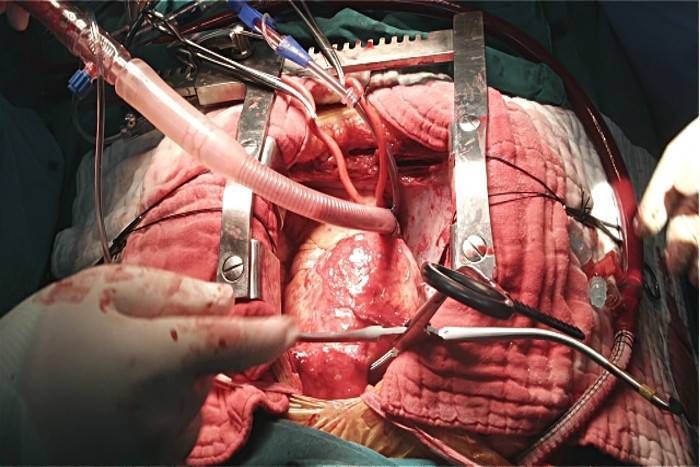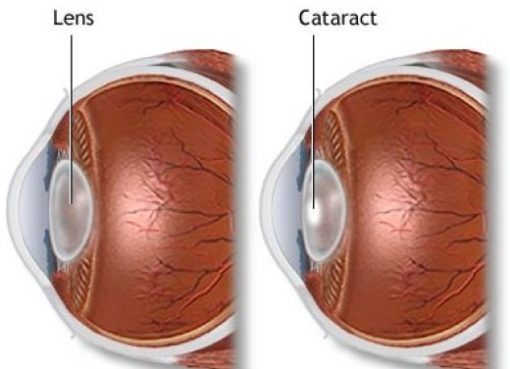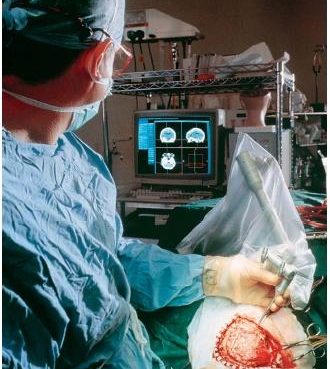Coronary Bypass Graft (CABG) Surgery in India
 An open surgical procedure used to treat moderate to severe coronary artery disease. Clogged arteries are bypassed with grafts to provide alternate routes of blood flow to the heart. Although other grafts may be used, this surgical procedure most commonly involves a saphenous vein graft from the leg to route blood around areas of vessel blockage in the heart.
An open surgical procedure used to treat moderate to severe coronary artery disease. Clogged arteries are bypassed with grafts to provide alternate routes of blood flow to the heart. Although other grafts may be used, this surgical procedure most commonly involves a saphenous vein graft from the leg to route blood around areas of vessel blockage in the heart.
Sternal Precautions after Surgery in India
Sometimes after the chest is closed and sutured, the underlying tissues are not fully healed.
Most surgeons will recommend their patient’s follow sternal precautions.
- No pushing, pulling, lifting more than 10 pounds for 6 weeks post-operative.
- No pulling or pushing up in bed with the arms.
- Walk with hand held assistance rather than using canes or other assistive devices.
- Take small steps when turning in standing, avoid twisting the body.
- No driving for 4 weeks post-operative.
- If a sternectomy is involved and a skin or muscle flap is present, shoulder elevation may be limited to 90 degrees.
- Avoid holding hands/arms overhead for long periods of time.
Recovery From Open Heart Surgery in India
In many surgeries, drugs are given to wake the patient immediately after the incision is closed. Most surgeons opt to allow CABG patients to wake slowly, to prevent any stress on the heart that might happen when waking abruptly.
The patient will be taken to the recovery area, usually a cardiac or surgical intensive care unit, for care while coming out of anesthesia. The critical care environment is necessary to provide the patient with one on one nursing care and constant monitoring. At this time the ventilator will remain in use, providing breathing support while the patient remains sedated.
 One or more chest tubes, large tubes that are inserted around the surgical site, help remove any blood that may have collected around the heart. A large IV called a Swan-Ganz will also be in place, allowing staff to monitor critical heart functions and infuse medications.
One or more chest tubes, large tubes that are inserted around the surgical site, help remove any blood that may have collected around the heart. A large IV called a Swan-Ganz will also be in place, allowing staff to monitor critical heart functions and infuse medications.
Once the anesthesia drugs wear off and the patient is awake, the breathing tube is removed (a process called extubation) and the patient is able to breathe on their own. Immediately after extubation supplemental oxygen may be given by nose, to assist with breathing. Oxygen levels and breathing will be closely monitored and if a patient cannot breathe adequately without the ventilator, the breathing tube will be reinserted.
Once awake and breathing on their own, the patient will begin rigorous rehabilitation, starting with sitting on the edge of the bed or standing and walking a few steps to a chair. The patient will be instructed in ways to move that minimize pain and how to protect the surgical wound. At this time, pain medication is available to allow the patient to move without intense pain.
 A CABG patient will typically stay in the intensive care environment for at least twenty four hours. The chest tubes are usually removed within forty eight hours of surgery, before transferring to a step-down unit. Many CABG patients indicate a significant improvement in pain level when the chest tubes are removed.
A CABG patient will typically stay in the intensive care environment for at least twenty four hours. The chest tubes are usually removed within forty eight hours of surgery, before transferring to a step-down unit. Many CABG patients indicate a significant improvement in pain level when the chest tubes are removed.




